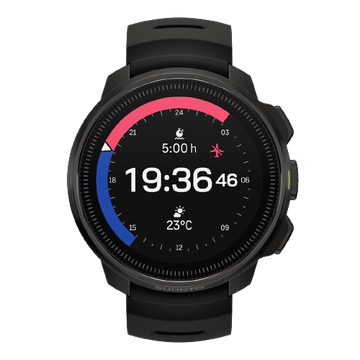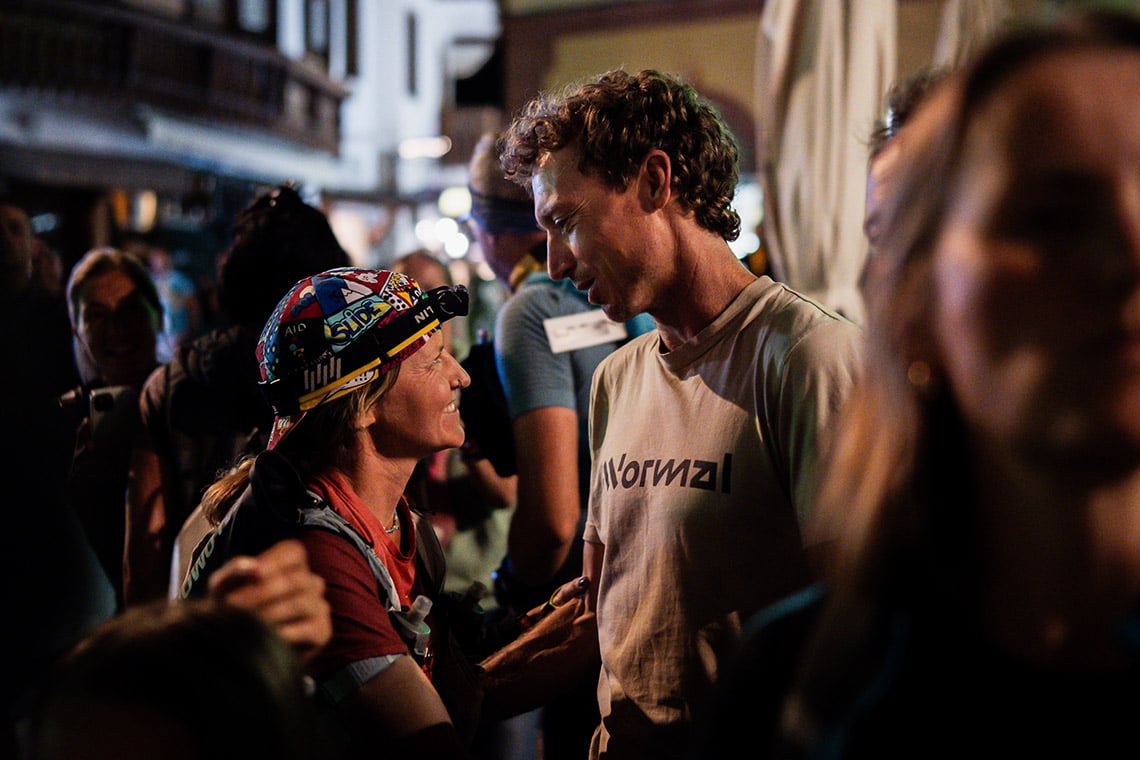Italian yoga teacher and mountain runner Tite Togni tells us why the two are a perfect match.

Image (and feature image) Richard Bull, Trail Running Nepal
To be a successful mountain runner the body and mind must be working in harmony before, during and after a race. Pioneering mountain runner and experienced Iyengar yoga teacher, Tite Togni, has known for a long time what most runners are now finding out – yoga is a perfect addition to any training schedule. We had a chat with Tite to find out why yoga is so great for runners, here’s what she had to say.
Tell us a little about yourself
I am an Italian Iyanger yoga certified teacher. In the past I was a professional figure skater, so sport has always been part of my life. I stopped pro-sports for two decades when I had kids and a family life. I got back into running when I had more time and I found the more I trained and raced, the more I went to the yoga mat. Training could not give me balance – the balance in life, mind and body. Being stressed in competitions became ok, as long as I got back to the mat. I decided this was something I could give to other sports people.
And yoga, how did you get into that?
I started yoga in 1989, in Los Angeles while studying at university, because I had some back pain. It was like anyone’s first experience of yoga – I felt the relief in my whole back. In sports your core is your abs, at the front, but in yoga the core is your spine. That was my first enlightenment, and it has never stopped!
You’ve been a bit of a pioneer in linking yoga and running?
Twenty years ago I tried to communicate basic yoga to runners, but runners were the last people that thought they needed yoga. Times have changed a lot. Lots of athletes are finding it necessary to practice yoga during cross training on a regular basis.
What benefits can yoga bring to runners?
What they gain is health for the mind and body. The muscles, tendons, ligaments and flexibility are better of course, but the mind is equally important. With yoga practice the mind is always focused. Learning to be present not just during the race, but every day so you’re able to make that decision on whether today is ok to run, or not. This is important for injury prevention.

Image by Stefano Marta, Mandala Trail
What type of yoga should runners do?
Before running you want to warm up the body and mind, get maximum oxygen delivery. Everyone has heard of the Sun Salutation. That opens up all parts of the body, every cell wakes up! After running you don’t need that. When running you really use the body, so most spaces are full and tight, joints get stiff and oxygen doesn’t flow. Use restorative practises, the spine and sitting poses that open up the chest and hips and lengthen the body.
What about injury prevention and recovery?
The best use of yoga to prevent injury is the ability to be present. Most injuries don’t come from over use but from not listening to the body in stressful moments, the moment before the injury occurs. Many injuries are due to misalignment in the spine and the right or left parts of the body. The use of props can help get into a pose even when injured.
Is there a danger with static stretching for runners, as opposed to dynamic stretching?
My guru, BKS Iyengar, would always say: “breath is king of the mind – the measure for everything is breath.” Static stretching can be dangerous if you don’t breathe. You can hold any pose if you keep breathing, today three breaths, tomorrow 10 - that is progression. Dynamic stretching can be dangerous, as can anything - sitting on the couch can be dangerous! If you don’t let the breath flow and feel every moment and every movement, if there is to be flow you must have no obstacles.
Is it best to have a teacher, like you had?
It is important to start practising with direct guidance. Now there are more online courses and with many sports people being so busy it’s easy to just practice online. But that can be misleading. The millennial success of yoga has been in direct transmission of experience, 'parampara' which means from teacher to student, in continuous feedback, to progressively gain self awareness and then you can continue alone too.
Find out more about Tite on instagram, Facebook and Twitter.
































































































